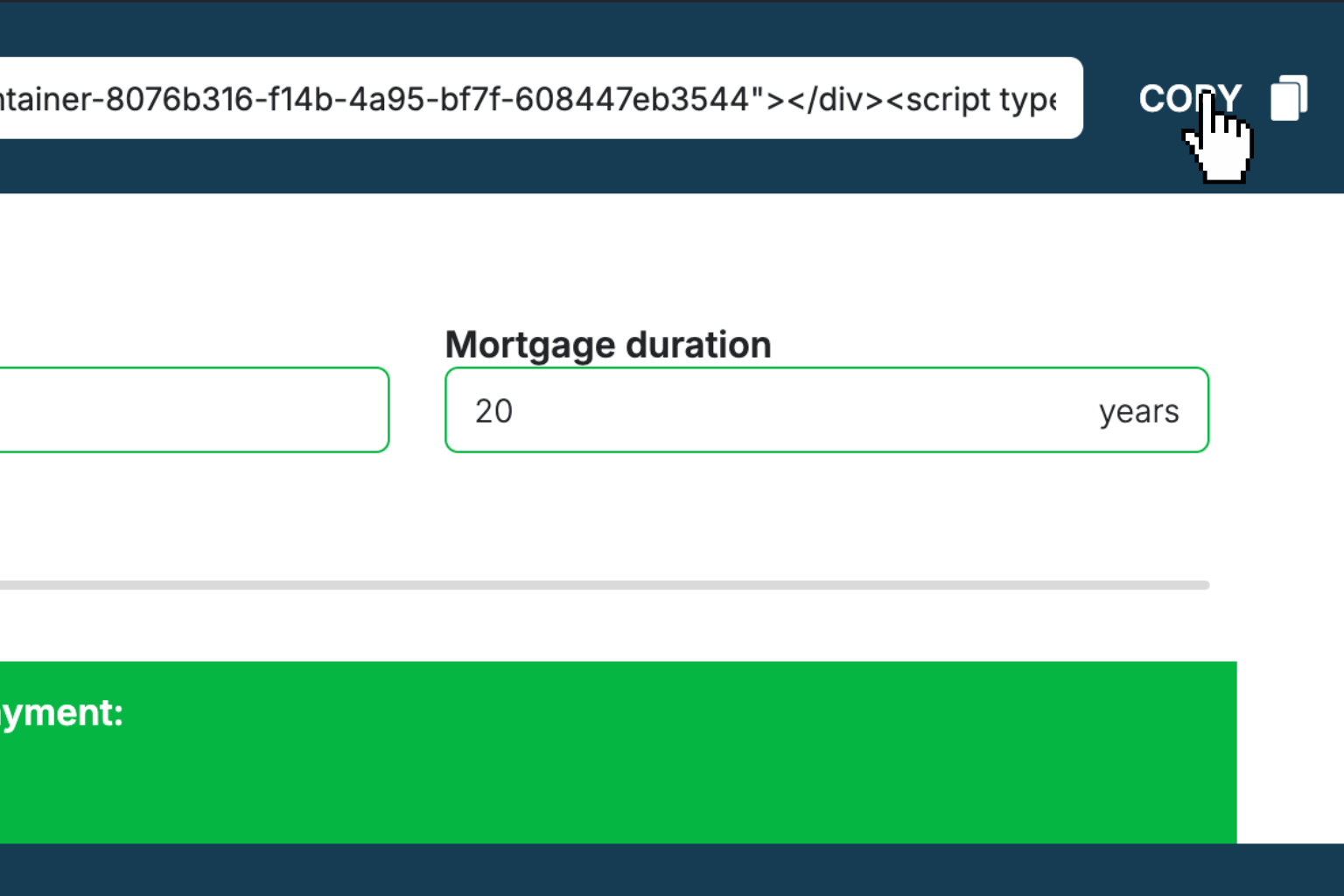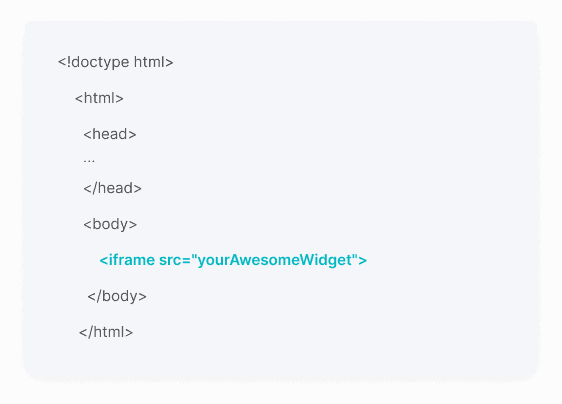Optimal Price Calculator
Find the price that maximizes your profit by analyzing customer demand sensitivity and marginal costs.How Optimal Price Calculator Works
An optimal price calculator helps businesses find the sweet spot where profits are highest by balancing customer demand with production costs. It uses price elasticity of demand to understand how sensitive customers are to price changes - if demand drops drastically when you raise prices, you have elastic demand; if customers keep buying despite higher prices, demand is inelastic.
The calculator analyzes two price points and their corresponding sales volumes to determine price elasticity. It then applies economic theory that says optimal pricing occurs where marginal revenue equals marginal cost. This ensures you're not leaving money on the table by pricing too low, or losing customers by pricing too high.
By comparing profits at your initial price, final price, and the calculated optimal price, you can see which pricing strategy delivers the best financial results. This is particularly valuable for businesses testing different price points or launching new products where optimal pricing isn't immediately obvious.
Optimal Price Calculator Formula Breakdown
Formula
Price elasticity of demand = ((Final quantity - Initial quantity) ÷ ((Final quantity + Initial quantity) ÷ 2)) ÷ ((Final price - Initial price) ÷ ((Final price + Initial price) ÷ 2))
Optimal price = Marginal cost × (Price elasticity ÷ (Price elasticity + 1))
Optimal quantity = Initial quantity + ((Price elasticity × (Optimal price - Initial price) ÷ Initial price) × Initial quantity)
Profit at optimal price = (Optimal price × Optimal quantity) - (Marginal cost × Optimal quantity)Variables Explained
- Marginal costThe additional cost to produce one more unit of your product, including materials, labor, and variable overhead. This is typically your direct variable cost per unit and excludes fixed costs like rent or equipment that don't change with production volume.
- Initial priceThe first price point you're analyzing, often your current or starting price. This should represent a realistic price you've tested or are considering, along with actual sales data at this price level.
- Initial quantityThe number of units sold at your initial price. This should reflect actual sales volume over a consistent time period, free from unusual market conditions or promotional activities that might skew demand patterns.
- Final priceThe second price point for comparison, typically a different price you've tested or are considering. The greater the difference between initial and final prices, the more reliable your elasticity calculation will be.
- Final quantityThe number of units sold at your final price, measured over the same time period and market conditions as your initial quantity. This data point is crucial for accurately calculating how demand responds to price changes.
Example Calculation
Given:
- Marginal cost: $2.00 per unit
- Initial price: $4.00
- Initial quantity: 50 units
- Final price: $7.00
- Final quantity: 15 units
Calculation:
Price elasticity = ((15 - 50) ÷ ((15 + 50) ÷ 2)) ÷ (($7.00 - $4.00) ÷ (($7.00 + $4.00) ÷ 2))
Price elasticity = (-35 ÷ 32.5) ÷ ($3.00 ÷ $5.50) = -1.0769 ÷ 0.5455 = -1.9747
Optimal price = $2.00 × (-1.9747 ÷ (-1.9747 + 1)) = $2.00 × (-1.9747 ÷ -0.9747) = $2.00 × 2.0260 = $4.05
Optimal quantity = 50 + ((-1.9747 × ($4.05 - $4.00) ÷ $4.00) × 50) = 50 + (-0.0247 × 50) = 48.76 ≈ 49 units
Profit at optimal price = ($4.05 × 49) - ($2.00 × 49) = $198.45 - $98.00 = $100.45Result:
$100.45Explanation
This example shows a business testing whether to raise prices from $4.00 to $7.00. While the higher price initially seems attractive, the optimal price calculator reveals that $4.05 maximizes profit by balancing the price increase with maintained sales volume, generating more profit than either extreme.
Tips for Using Optimal Price Calculator
- 💡Gather accurate sales data from similar market conditions - seasonal fluctuations or promotional periods can skew elasticity calculations and lead to suboptimal pricing decisions.
- 💡Consider your marginal cost carefully, including not just direct production costs but also incremental expenses like additional labor, materials, and overhead that come with increased production.
- 💡Remember that price elasticity can change over time as market conditions, competition, and customer preferences evolve - recalculate periodically to maintain optimal pricing.
Make Your Own Web Calculator in 3 Simple Steps
Create Interactive Calculator
Design your interactive calculator in under 5 minutes using our drag-and-drop builder.Preview & Generate Embed Code
Review your calculator and copy the embed script when you're satisfied with the results.Embed Calculator Into Your Website
Paste the code into your website's HTML. Works on WordPress, Shopify, Wix, and any platform. EugenCreator of Creative Widgets
EugenCreator of Creative Widgets“After 10+ years in digital marketing, I’ve built calculators that drove thousands of new leads for clients. I realized one thing: calculators convert. They're killer for CRO and great for SEO. That's why I built Creative Widgets—an easy, no-code calculator builder. ”
It's free. Try it out. You'll like it.




